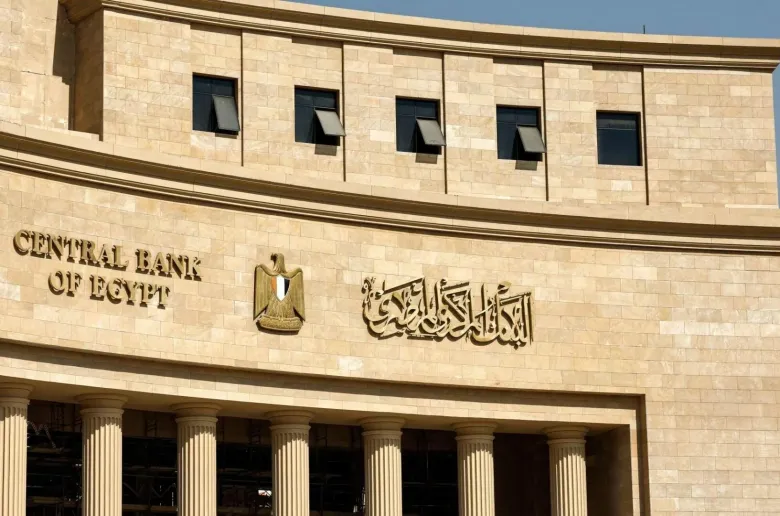Egypt’s central bank absorbs EGP 502.4 billion in liquidity amid new open mark operations policy

The Central Bank of Egypt (CBE) has withdrawn EGP 502.4 billion in excess liquidity from 16 banks through an open market operation on Monday, following its recent policy adjustment setting the interest rate for bids at 24.5%.
The move marks one of the largest liquidity absorption operations conducted by the CBE in recent months and follows a broader strategy to enhance the effectiveness of monetary policy transmission.
Earlier this year, the Central Bank had introduced new regulatory instructions governing the primary deposit-linking operations it conducts through open market tenders.
Under the new weekly fixed-rate auction model, the CBE announces the operation volume in advance and allocates bids based on the ratio of individual bank offers to the total submitted, applying the main policy rate to successful bids.
In a recent policy shift, the Bank announced it would now accept all submitted bids in full rather than applying a pro-rata allocation method. The results of each operation will be published on the Central Bank’s official website.
“The decision reflects the Bank’s commitment to adopting global best practices in managing banking sector liquidity and ensuring the effective transmission of monetary policy decisions,” the CBE stated.
The open market operations, conducted through deposit auctions, aim to maintain equilibrium in liquidity levels across Egypt’s banking sector. The overarching objective is to keep the weighted average overnight interbank interest rate aligned with the CBE’s policy rate corridor.
The Central Bank reaffirmed that it will continue managing liquidity in a manner consistent with its operational target of stabilizing short-term interest rates and maintaining macroeconomic balance.
The latest withdrawal follows a similar move earlier this month, where the CBE absorbed EGP 310.4 billion through open market tenders, underscoring its active stance on controlling surplus liquidity and managing inflationary pressures.



